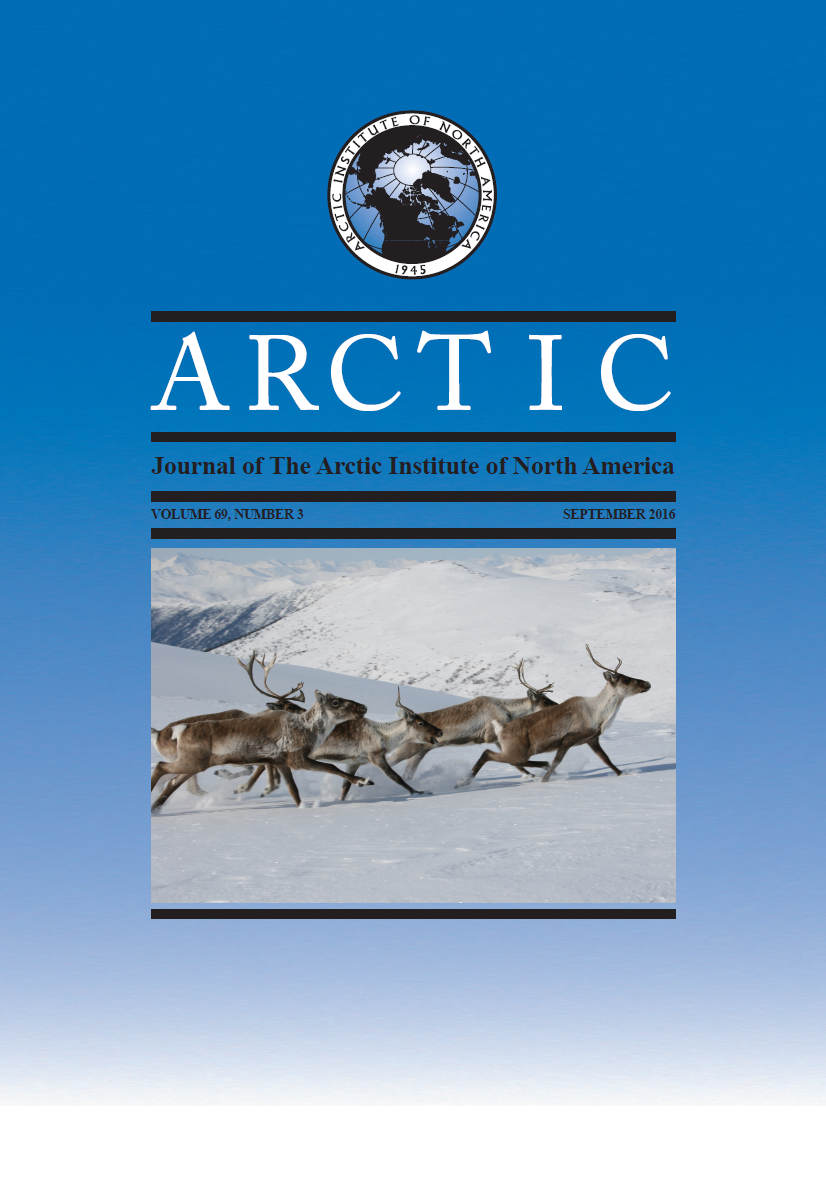Evaluating Potential Economic Effects of an Industrial Road on Subsistence in North-Central Alaska
DOI:
https://doi.org/10.14430/arctic4583Keywords:
Alaska, development, hunting, mining, roads, subsistenceAbstract
North-central Alaska is one of largest inhabited, roadless areas in North America and, indeed, the world. Access, via a new road, to the Ambler mining district of north-central Alaska has been proposed. To evaluate how new road access might affect subsistence harvest, we used zero inflated negative binomial models to identify factors related to subsistence production at the household level. We found substantial differences in these factors between communities near the proposed road (project zone [PZ] communities) and a comparable set of road accessible communities outside the region (non-project zone [NPZ] communities). Total subsistence production of PZ communities was 1.8 to 2.5 times greater than that of NPZ communities. If the road was opened to the public and subsistence harvest patterns for project zone communities changed to mirror existing non-project zone harvests as a result of the road, the financial cost would be USD $6900–10 500 per household (assuming a $17.64/kg “replacement” cost for subsistence harvests). Taken together, our results suggest that the proposed road should be expected to substantially impact subsistence production in communities that are not currently connected to the road system.


